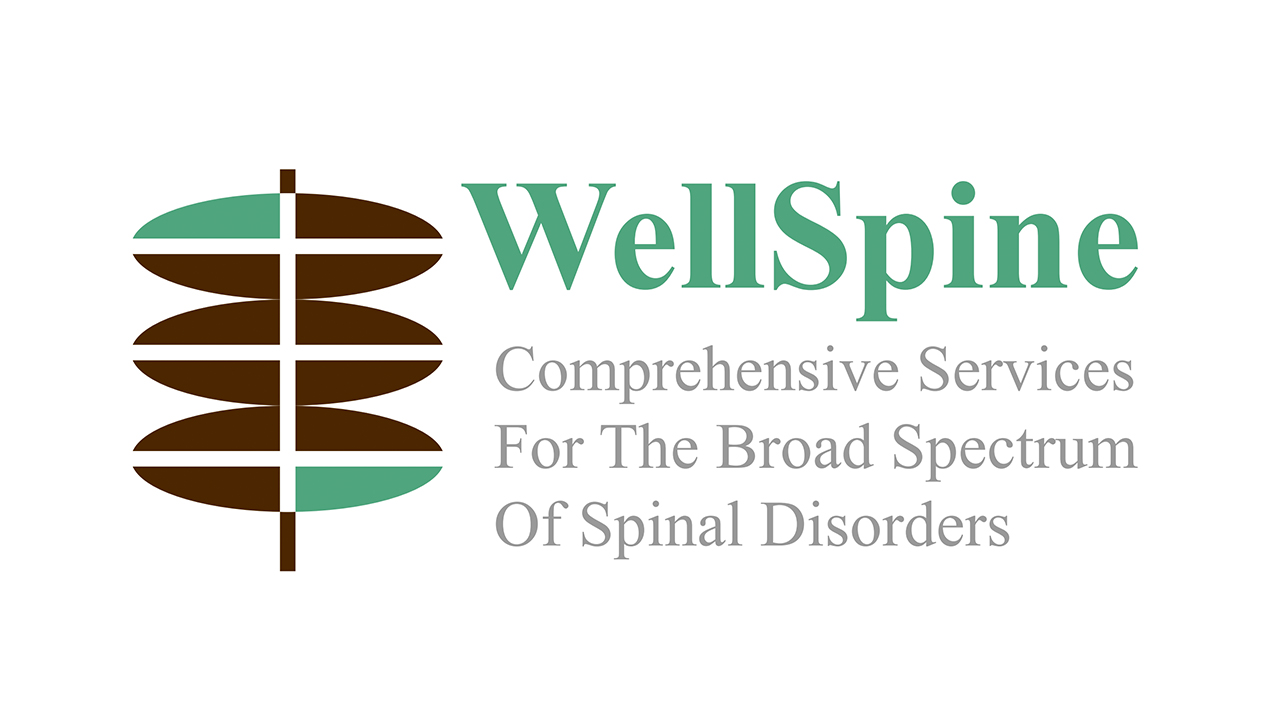Spinal Stenosis
Spinal stenosis happens when the foramina, or boney openings, within the spine narrows, thus reducing space for the nerves.
What is Spinal Stenosis?
Spinal stenosis happens when the foramina, or boney openings, within the spine narrow, thus reducing space for the nerves.
This process can occur where spinal nerves exit the spinal canal (intervertebral foramina) or within the canal itself. Depending on how and where this narrowing occurs, a spinal nerve in the cord can become compressed, resulting in tingling, numbness, weakness, or pain.
Get Informed
What To Expect During Your Doctor’s Visit
Our team is here to help make sure that your visit goes smoothly. Be prepared and expect the following.
Paperwork
You will fill out paperwork for the administration.
Nurse Check-up
Once they call your name, a nurse will do a brief check up.
Meet the Doctor
You’ll have a chance to discuss your condition with Doctor Batlle.
Next Steps
Once the doctor runs the assessment, you’ll receive treatment recommendations.
F.A.Q.s
Frequently asked questions about spinal stenosis.
What Are Common Causes of Spinal Stenosis?
Many factors can cause spinal stenosis; however, the following are the most common ones:
Spinal Osteoarthritis: This condition is when the cartilage that protects the nearby joint degenerates, resulting in the bone rubbing against another bone. When this happens, it can lead to abnormal bone growth and contribute to the narrowing of the spinal canal.
Degenerative Disc Disease: If the discs within the spine lose hydration, it can cause the intervertebral foramina to narrow. Also, if a disc bulges, pressure is put on the facet joints, causing them to degenerate at a faster rate.
Ligament Thickening or Buckling: This problem typically occurs when the spinal nerves become intruded by the thickening of the ligaments in the spinal canal. It is more likely to occur as discs degenerate.
When Does Spinal Stenosis Require Surgery?
Neurological deficits, such as cauda equina syndrome, myelopathy, and radiculopathy, often develop when spinal stenosis is severe. Should a spinal nerve or the spinal column remain compressed long enough, the result can be permanent numbness or paralysis. If you have lasting numbness or weakness that radiates into the arm(s) or leg(s) or have problems with bladder or bowel control, you should see medical attention immediately.
What are the Types of Spinal Care Surgery?
Our neurosurgeon in Dallas has several surgical options to help decompress the spinal serves and column to allow for healing, such as:
Laminectomy: Involves the removal of the two laminae and the bony protrusion at the back of the vertebra that connects them. When severe spinal stenosis is present, a laminectomy may also entail removing one or more enlarged facet joints.
Foraminotomy: In this procedure, our neurosurgeon removes a small part of the intervertebral foramen, which is the bony area that the spinal nerve exits from the spinal canal. A foraminotomy is less invasive than a laminectomy, but cannot be employed when spinal stenosis is severe.
Discectomy and Fusion: Discectomy and fusion is a combination of the two surgeries that were mentioned above.
What are my Options For Spinal Care Surgery?
At WellSpine Professional Association, we offer only the best spinal care for our patients in Dallas, TX, and surrounding areas. Call us at 214-819-9600 to schedule a consultation with our doctor and discuss your options for treating spinal stenosis.
Question not listed? Send us an email.
Contact Us.
Email Us
info@wellspinepa.com
Call Us
(214) 819-9600
Dallas Office
12655 Central Expy, Suite 650
Dallas, TX 75243
Fort Worth Office
6491 Southwest Blvd.
Benbrook, TX 76132
Odessa Office
850 North Tower Drive, Suite 104
Odessa, TX 79761
